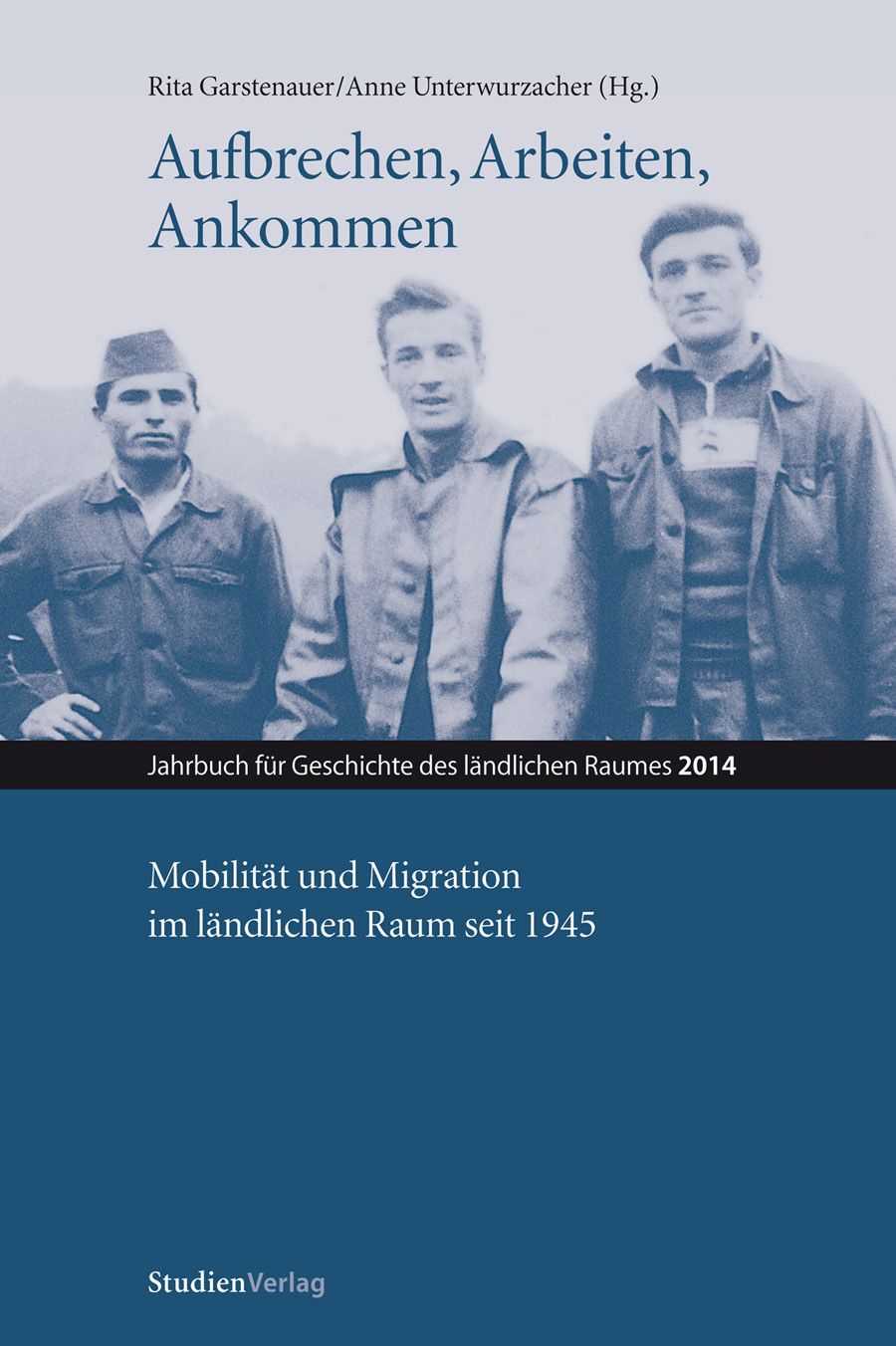Migration und Integration im ländlichen Raum
Besonderheiten und zukünftige Herausforderungen
DOI:
https://doi.org/10.25365/rhy-2014-10Abstract
Demographic changes and the emerging shortage of skilled labour have promoted the issues of immigration and integration in the rural areas in Germany. The Schader Foundation conducted two research projects to examine the rising potential of immigrants and their integration in areas primarily confronted with negative demographic factors such as population decreases and demographic aging. To increase the opportunities of participation for immigrants
and to sensitize the civil society for cultural diversity, the intercultural opening of municipal administrations is important. Those processes have to consider the heterogeneity and diversity of rural regions, the different traditions and circumstances for immigration and also the diversity of local immigrant groups. The importance of neighbourhoods and the integration into civil society appears to be typical for rural areas. Also, active individuals play a significant role. On the one hand, the social environment in small towns is able to promote personal contacts between natives and immigrants, one the other hand there can be an increased risk of conflicts between different demands. There are specific problems for integration in rural areas: the low density of population and immigrants, mobility deficits and associated poor accessibility of public services. In addition, the financial marginality, the lack of human resources in the local administration and the limited number of professionals reduce the possibilities for local agency. A strategic orientation of local integration policies
and an intercultural awareness are of central importance to secure the future viability of municipalities in rural areas. The establishment of a culture of recognition and welcome is also important for a successful integration and further encouragement of new immigration. In order to do this with limited resources, municipalities in rural areas depend on active support from state and federal governments.


